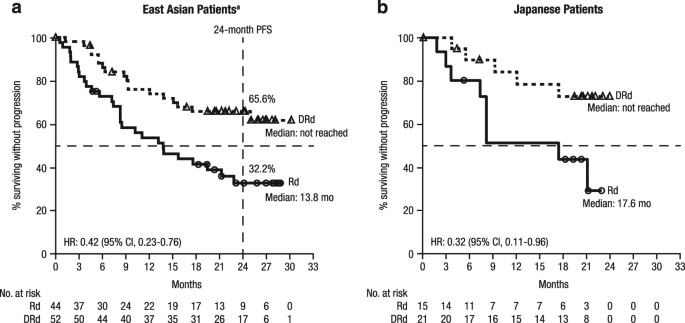- Select a language for the TTS:
- UK English Female
- UK English Male
- US English Female
- US English Male
- Australian Female
- Australian Male
- Language selected: (auto detect) - EN
Play all audios:
Monitoring the activity of neurons _in vivo_ in the freely behaving zebrafish larvae is now possible using bioluminescence, an approach with great potential for unveiling how neuronal
networks control behavior. Understanding how the activity of specific sets of neurons in the brain drives particular actions requires monitoring neuronal activity while the animals are free
to move. Neural recordings in freely behaving animals are possible with electrophysiology, but this technique is restricted to animals that can transport the bulky electronic devices.
Alternatively, _in vivo_ fluorescence imaging allows noninvasive monitoring of neuronal activity in awake animals but requires them to be restrained, paralyzed or anesthetized. Florian
Engert at Harvard University and his collaborators now use a nonimaging approach that exploits bioluminescence to study how brains process sensory information and elicit behaviors in the
larvae zebrafish. The translucent body of the fish larvae allows monitoring each individual neuron in its brain, but until now it was not possible to record the activity of these neurons
while the fish is freely swimming around. Engert's group created transgenic zebrafish in which a fusion of the jellyfish bioluminescent protein Aequorin and GFP was expressed in
specific sets of neurons. This fusion protein responds to changes in neuronal calcium-ion levels by emitting green photons without producing background light emission or requiring excitation
light. By placing a large-area photodetector directly above the fish tank and simultaneously recording fish movements using an infrared camera, the researchers detected large and fast
bioluminescent signals that were related to neural activity in the freely moving zebrafish larvae. This setup enabled continuous and long-term monitoring of the 'neuroluminescence'
with high temporal resolution, albeit at the expense of all spatial information. This lack of spatial information can be indirectly regained, however, by specifically targeting the
expression of the reporter to neurons of interest. Using this strategy, Engert and colleagues genetically targeted GFP-Aequorin expression to neurons of the hypocretin/orexin hypothalamic
system that control arousal in mammals and fish. They detected bioluminescence from this group of merely 20 neurons, and the signal was associated with periods of increased locomotor
activity. Moreover, the technique had enough resolution to detect signals from a single neuron and to distinguish two classes of neural activity associated with different swimming behaviors.
Not satisfied with the fact that the setting was limited to studying fish behavior in the dark, Engert and collaborators designed a detection system that allows illuminating the setting
with fast flickering visible light while at the same time recording the bioluminescence signal. This extends the utility of this technique to the investigation of visually driven behaviors.
As well as performing simple experiments to compare neuronal activity in freely moving and tethered fish, Engert's group intends to use this technology to study specific neuronal
networks during hunting and prey-capture behavior. “Zebrafish are very visual animals; we will allow them to see and hunt by vision while monitoring the activity of genetically targeted
dopaminergic and serotonergic neurons,” explains Engert. Currently, the system is limited to the detection of bursts of a few spikes and lacks the sensitivity to detect individual action
potentials. But Engert is hopeful that generation of modified forms of GFP-Aequorin that increase its calcium sensitivity as well as that development of improved light detectors and
photon-counting imaging setups will expand the possibilities of the nonimaging field. This technique also holds great potential in its application to other neuroscience models such as
_Drosophila melanogaster_ larvae or _Caenorhabditis elegans_, by simply following the neurons' luminous ways. REFERENCES * Naumann, E. A. et al. Monitoring neural activity with
bioluminescence during natural behavior. _Nat. Neurosci._ 13, 513–520 (2010). Article CAS Google Scholar Download references Authors * Erika Pastrana View author publications You can also
search for this author inPubMed Google Scholar RIGHTS AND PERMISSIONS Reprints and permissions ABOUT THIS ARTICLE CITE THIS ARTICLE Pastrana, E. Neurons light the way. _Nat Methods_ 7, 346
(2010). https://doi.org/10.1038/nmeth0510-346 Download citation * Issue Date: May 2010 * DOI: https://doi.org/10.1038/nmeth0510-346 SHARE THIS ARTICLE Anyone you share the following link
with will be able to read this content: Get shareable link Sorry, a shareable link is not currently available for this article. Copy to clipboard Provided by the Springer Nature SharedIt
content-sharing initiative




